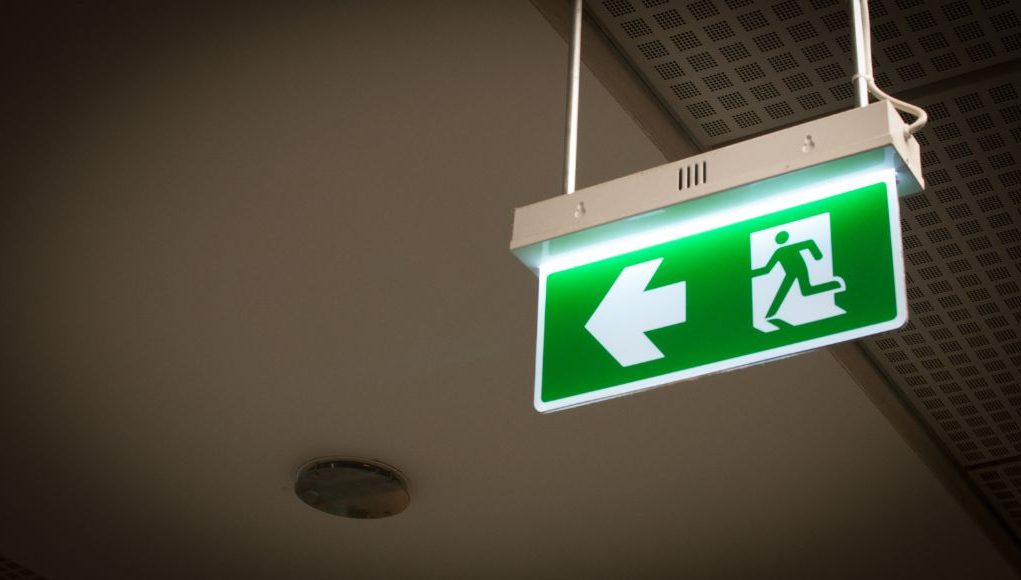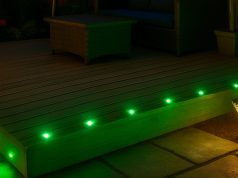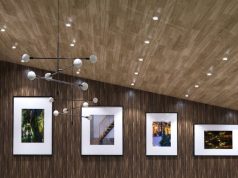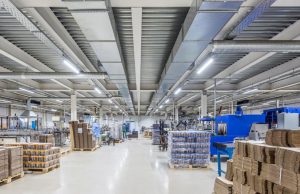As the name entails, LED emergency lights are designed for emergency situations where the primary source of power supply gets cut, and all working light fixtures fail. It’s critical that LED emergency lighting must automatically operate to provide adequate illumination for the occupants to escape the premises safely.
So, if you’re planning to set up an emergency lighting system, here’s everything you need to know!
Basics of Emergency Lighting
Nowadays, most buildings would have pro LED emergency lighting fixtures that are installed during the construction phase. Architects would choose the fittings that meet necessary regulations, ensuring the safety of the establishment. Typically, LED emergency lights are divided into two categories, emergency escape lighting and standby lighting.
Emergency Escape Lights and Standby Lighting
Emergency escape lights refer to the portion of the emergency lighting system that activates and supplies luminance for the safety of the people vacating the premises or those trying to find a solution to the potential hazards beforehand.
It’s often found in stairways and fire-exists to secure the exit of everyone in the building and the entrance of responders (medic, firefighters, etc.)
Alternatively, standby lighting is like a spare lighting system that activates when the main power shuts down. It allows people to resume their normal activities as if the lights are working just like any other day.
Cost of Emergency Lighting
Issues often arise when talking about cost and luminaries. While investing in a good system has many advantages, not all have the capacity to do so. Generally, the price can have a significant impact on whether you’ll have a self-contained LED emergency lighting system or a central battery lighting system. Although it’s pretty expensive, a self-contained LED emergency lighting system is ideal for larger building projects with durable installations and low-maintenance requirements. However, the self-contained system is better if you don’t have much to spend. Because of budget restraints, especially on smaller projects, the self-contained system became more popular.
Driver Temperature of LED Emergency Lighting
Ensure that your LED emergency light fitting undergoes ageing plus electronic load tests. It will help ascertain if your LED emergency light panels can withstand extreme temperatures. Doing this assessment will guarantee your fixtures’ performance, stability and safety.
While emergency lighting is not typically used on a daily basis, it’s still essential to guarantee that they’re in good condition at all times. You don’t want to end up with a non-functioning emergency fixture when it matters.
Installing LED Emergency Lighting
Before the actual mounting process of an emergency lighting system, consultation and design are two of the most critical steps that you cannot skip. The fire risk assessors and designer of your setup should meet, discuss, and decide how the installation would proceed. They need to identify where the system is necessary and draw up a plan that determines the power supply, facilities, mode of operation, duration and locations to include.
After everything is planned comprehensively, and your emergency lighting system is already decided, it’s time to select specific areas for all the lighting signs and units within the locations that you need to include.
Take note, emergency LED lighting signs must be carefully positioned so you can make clear exit routes that will lead the people out of the building. If the exits are identifiable, a noticeable sign should be placed instead of a lighting fixture. You should pay extra attention to directional changes, floor level changes, separate stairways, plant rooms, corridor intersections, and toilet rooms. All your firefighting equipment and fire alarm call stations must be adequately illuminated.
The planning and installation process of emergency lighting is no joke because lives can be potentially at stake. One misplaced signage can jeopardise a rescue operation or an evacuation procedure. So, plan carefully and install it properly!
Emergency Lighting Mode of Operations
The mode of operation is crucial when selecting your LED emergency lighting system. You need to decide whether you’ll need a maintained or non-maintained fixture. What does it mean? When your emergency light is maintained, it’s working even if your power supply is not suspended. It’s just switched on every time, like emergency signs.
On the other hand, non-maintained emergency lights only activate when your main power fails. Most schools, hospitals, and offices have them in corridors, hallways, and other passageways.
Advantages of Emergency Lighting
If you think emergency lights are just sitting idly on your walls, just waiting for the time they come of use, you’re wrong. There’s more to them than what meets the eye! Aside from emergency lighting advantages, illuminates a safe route outside the building and gives visibility during a power outage, emergency lights have more to offer. Here are some:
- Fast and affordable installation (only the planning can be a bit time-consuming)
- The hardware of emergency lights is not expensive.
- Most of the time, standard wiring materials are used.
- Decrease your maintenance cost
- No need for a unique sub-circuit monitoring
- Increase the integrity and efficiency of your space – clear where you need to go in case of an emergency.
Disadvantages of Emergency Lights
Nothing’s perfect, and that includes emergency lights. Although it’s packed with many benefits, there are still some disadvantages that you may encounter. Here are some:
- Because of the different environmental conditions throughout the system, the batteries of emergency lights can be immensely affected by the low or high ambient temperature.
- The testing needs isolation.
- Most emergency light fixtures have a battery life of 4 years, depending on how installed.
While there are some issues that you will experience, don’t let them hinder you from setting up an emergency lighting system. These disadvantages do not outweigh the benefits (saving lives!) of having emergency lights. It’s a pretty small price to pay for what you’ll gain!
LED emergency lighting is becoming more famous these days because of its low energy consumption, flexibility and efficiency. However, before you decide to get one, you need to know the basics. Consult professionals and look for fixtures that will work for your needs. After you know what you need, you can visit our website, Simple Lighting. Our extensive collection of LED emergency lights and other lighting solutions like downlights, strip lights and bulkhead lights will help you create a safe environment for everyone in your home, building or facility!













